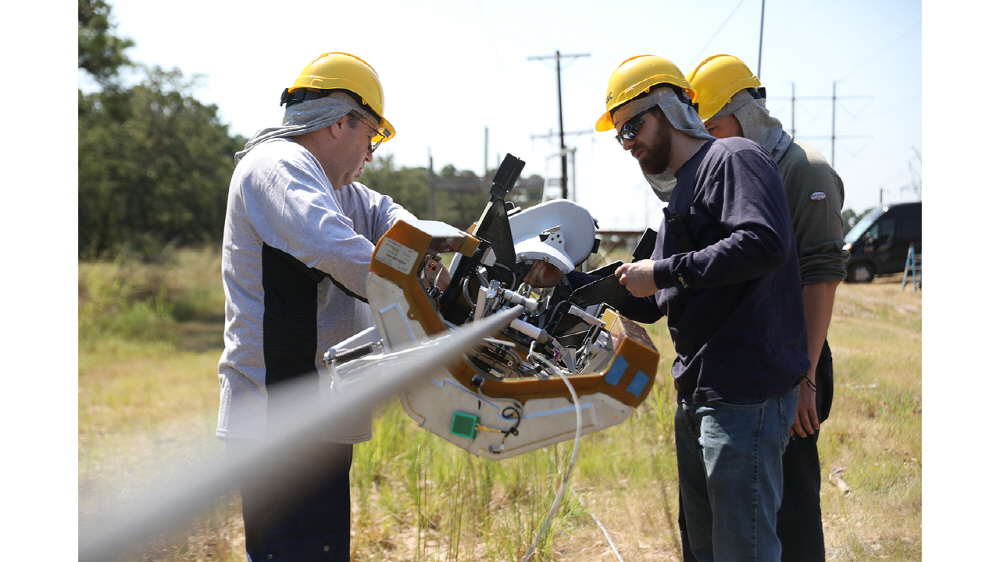
The recent massive disruption in Facebook shows just how much the internet has affected the world. Data is connected through physical circuits. An undersea cable connects the continents, and a cable that rises on land from here leads to a village through an electric wire, and Wi-Fi or Ethernet connects devices at home. With that in mind, being able to search the web is a great thing.
However, the information gap is still deep-rooted. Nearly half of the world’s people either do not have access to the Internet or are in a situation where it is not enough. It is said that 17% of households in 220 countries worldwide and only 4% in developing countries benefit from fiber optic networks, even if they are barely connected to the Internet.
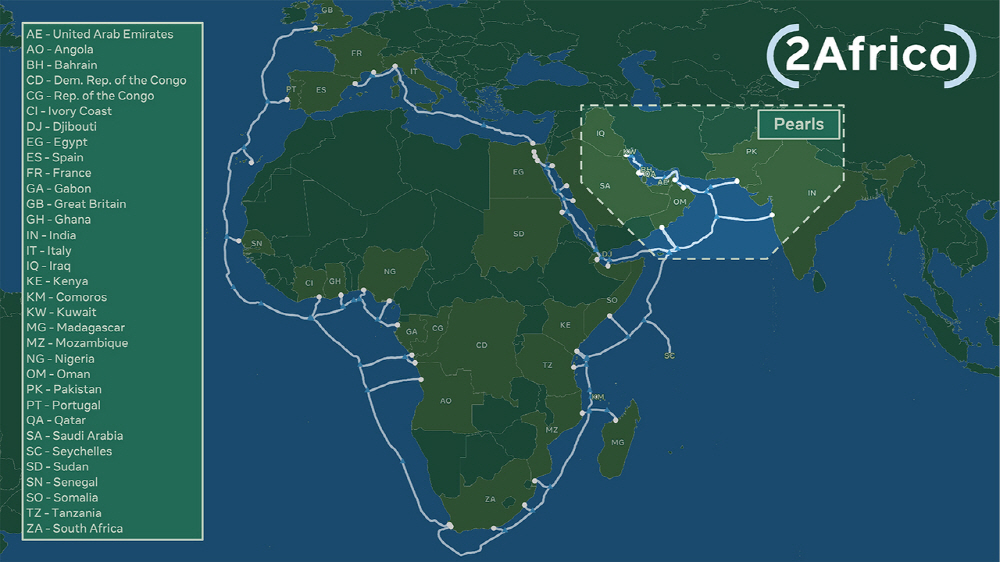
For this reason, an effort called Facebook Connectivity, launched in 2013, is developing technology that connects the world to the fiber-optic Internet. Africa is also one of the regions where the optical Internet is underdeveloped. Therefore, through the 2Africa Pearls project, Facebook intends to connect Africa, Europe and Asia through the world’s longest subsea cable system. The new submarine cable boasts 200 times the data capacity of the transatlantic cable laid in the 2000s, and the communication capacity reaches 500,000 gigabits per second.
When installing cables at the bottom of the sea, of course, the problem is the accessories. Most cable damage is caused by humans, and 60% of damage is caused by fishing or anchoring. There is also the possibility of undersea volcanic eruptions and resulting landslides. To solve this problem, the route is analyzed in advance and then the cable is laid.
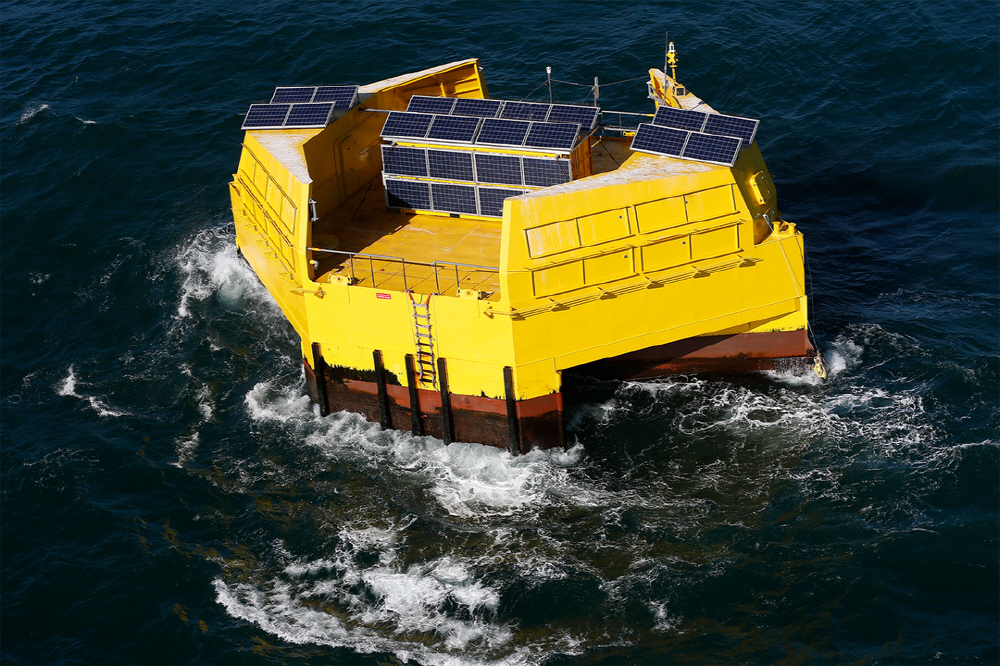
Another issue is the power supply. In the submarine cable, a device called a repeater that amplifies the signal is installed every 80 km, and all the procured power for this has been sent from land so far. This will reduce efficiency. What Facebook has newly developed is a method of using the power of nature, which combines both wave power and solar power, into an energy source and used in a submarine repeater. The work of laying the submarine cable itself does not change, but it is improving little by little by introducing technology.
Then, how does the fiber optic cable that cross the sea safely arrive on the African continent from village to village? Existing infrastructure can be used to effectively lower costs. Therefore, what Facebook paid attention to is the transmission line. Almost all parts of the world have power lines. If you can figure out how to add fiber to this wire, you can get your hands on a solution that can be adopted around the world.
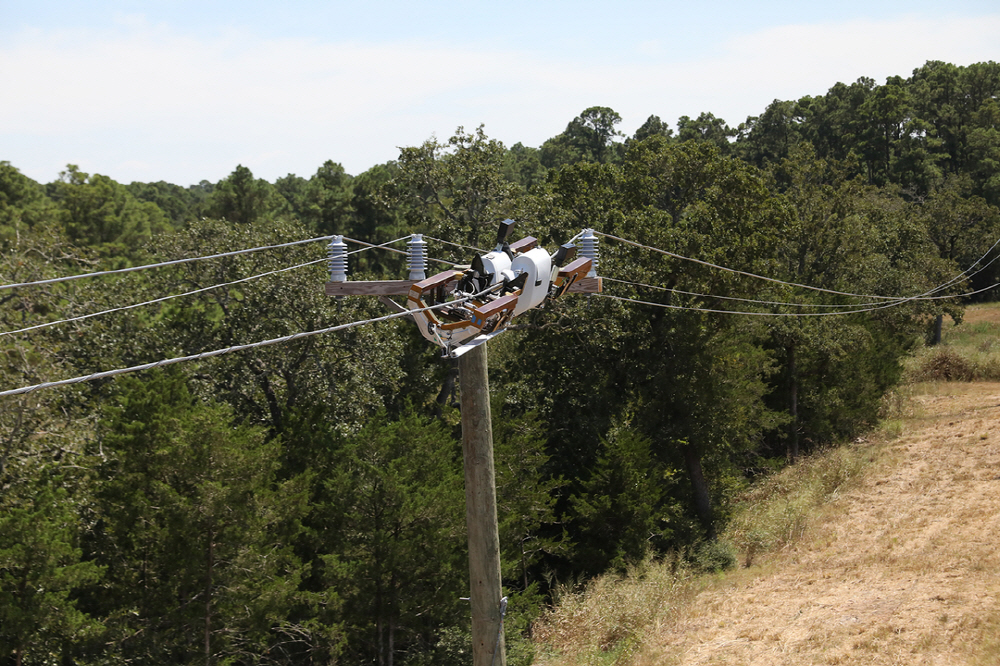
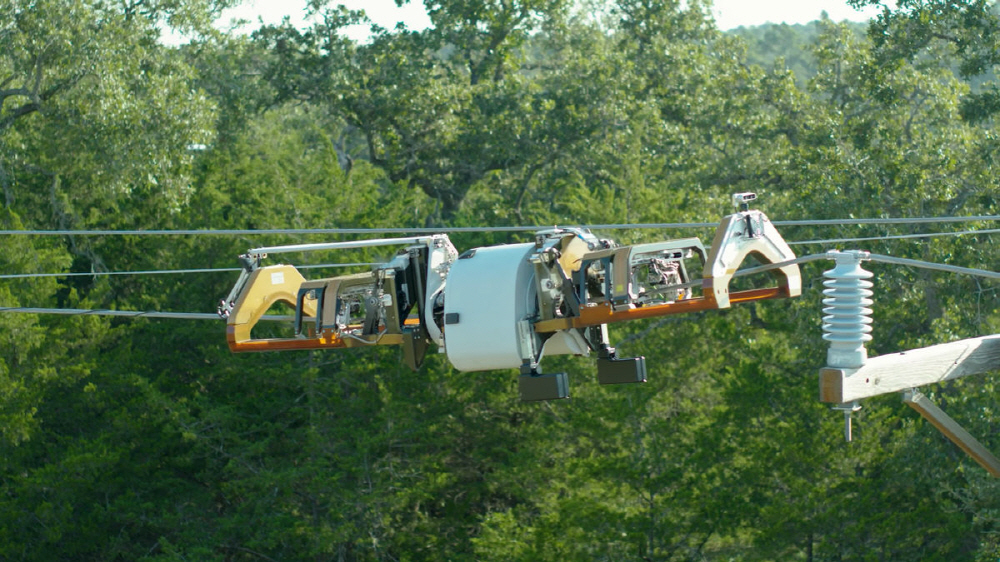
A textile laying robot named Bombyx was developed in this way. When completed, it will be possible to fully automate the spiral winding of the fiber optic cable in the middle. How to solve the problem in Jeonju was a big challenge, but Boomvix can use eight rockets to balance or change it, avoiding obstacles without engineer intervention. In the end, the goal is to install a fiber over 1km long in about an hour and a half while avoiding many obstacles in a fully autonomous form. There is also a lot of interest from power companies.
The last hurdle in the introduction of fiber optic cables is the last mile problem. There are fiber optic cables nearby, but the task from here to generation is complicated and expensive. Therefore, it is a technology that connects the last mile wirelessly, called Terragraph, developed by Facebook.
It is said that it is possible to provide stable high-speed Internet to homes and businesses by building a distributed network using nodes installed on street lights or roofs. The secret that Terragraph is stable compared to the method so far lies in the mesh structure.
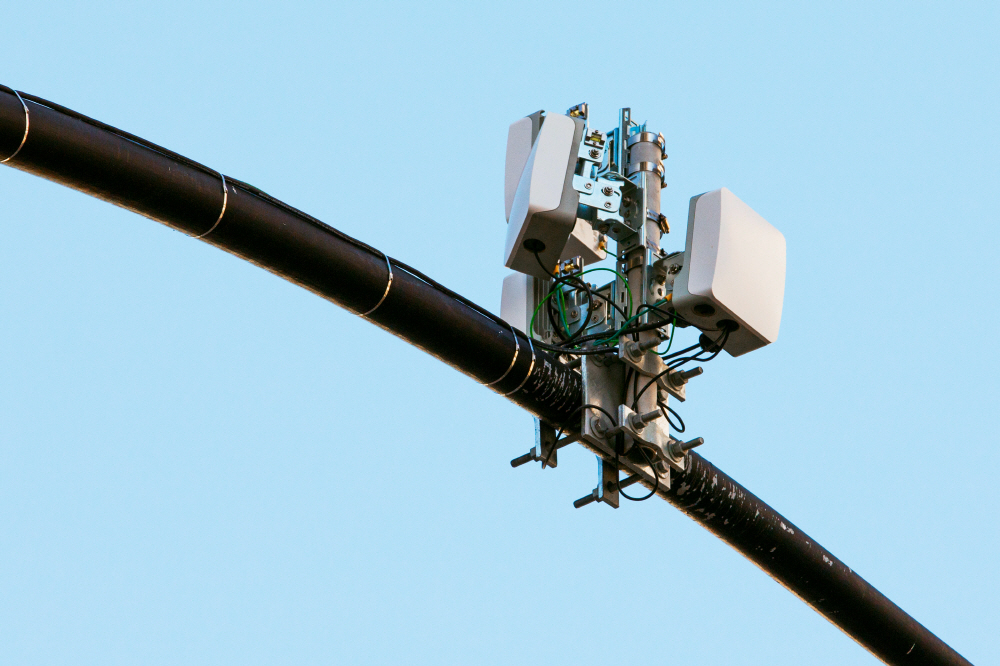
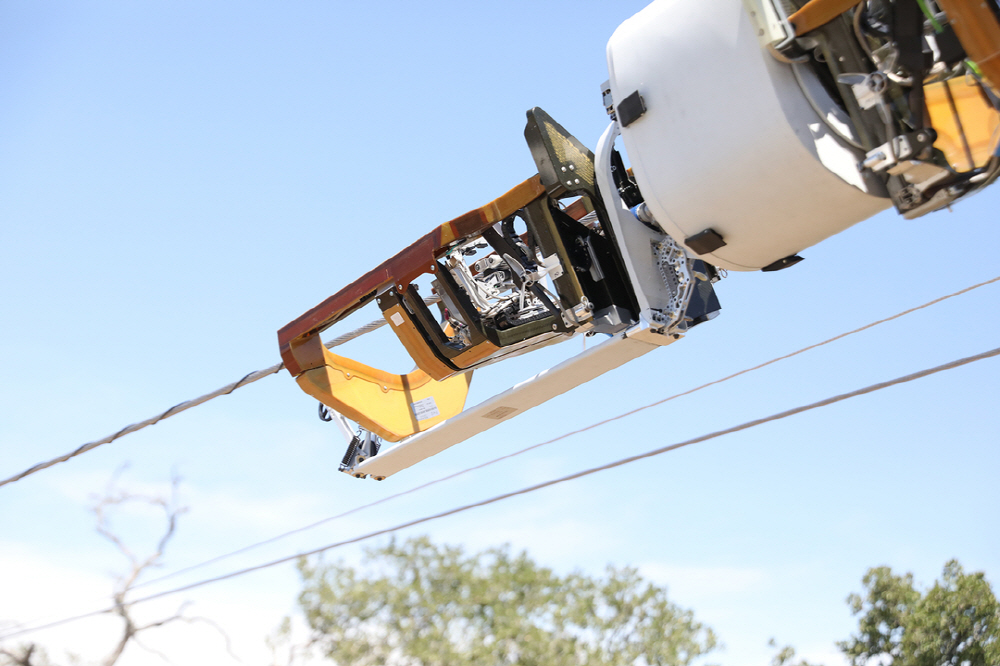
The node used in Terragraph has four transmitters facing east, west, north, and south, respectively, and can form a multi-node network. For example, even if one of the nodes is damaged or excluded from the network due to external wall construction, etc., other nodes next to it can autonomously change signal paths to reconstruct the network, so that the overall scope is not disturbed.
Already, Anchorage, Alaska, and Perth, Australia, which is said to be one of the most isolated cities in the world, are starting to unfold. It is to be expected not only in cities, but also in mountainous and marginalized areas.
As the need for the Internet increases due to the impact of COVID-19, the gap between those with information and those without information is widening. In the midst of this, Facebook believes that internet access is a basic human right, and plans to provide high-speed internet to more than 300 million people so far and to make efforts to connect the next 1 billion people.
Facebook, which took the largest social media position in 17 years since its establishment, is reported to have 2.8 billion users worldwide and accounts for 60% of the online population. With Facebook, more people are connected to the high-speed Internet, and the number of users is increasing. Of course, Facebook Connectivity was announced amid the whistleblowers, but you can also get a glimpse of the other side of Facebook, which is developing various businesses. High-speed Internet will be essential for the metaverse that Facebook is trying to promote as a next-generation technology. Related information can be found here.

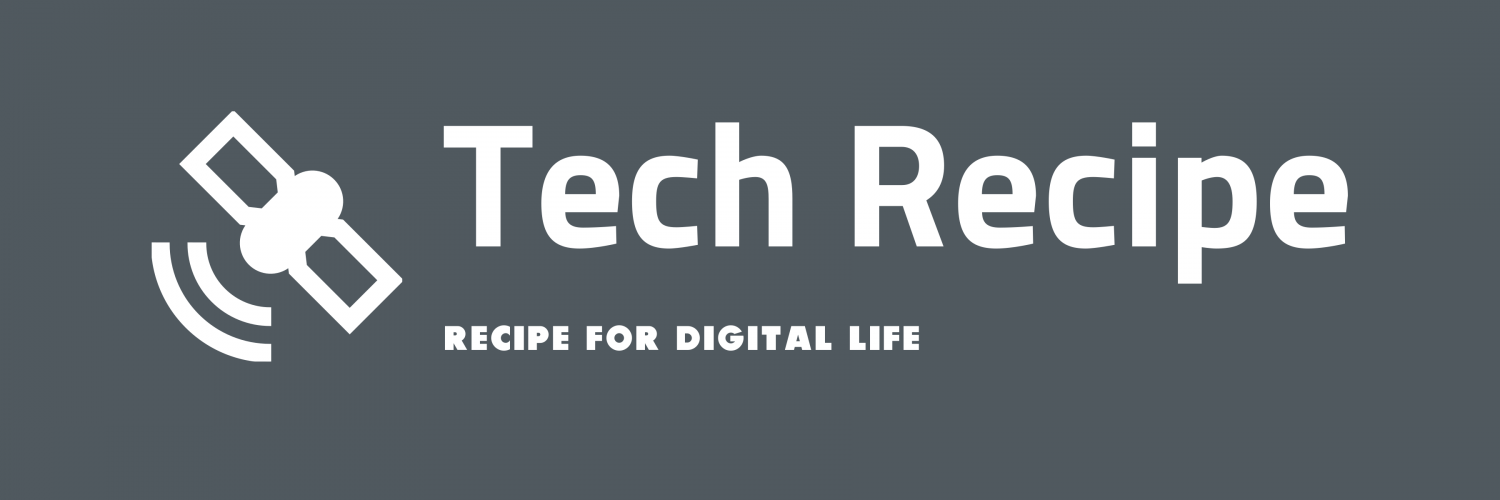

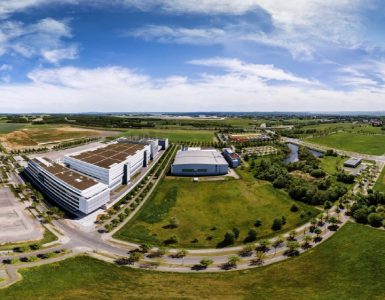
















Add comment